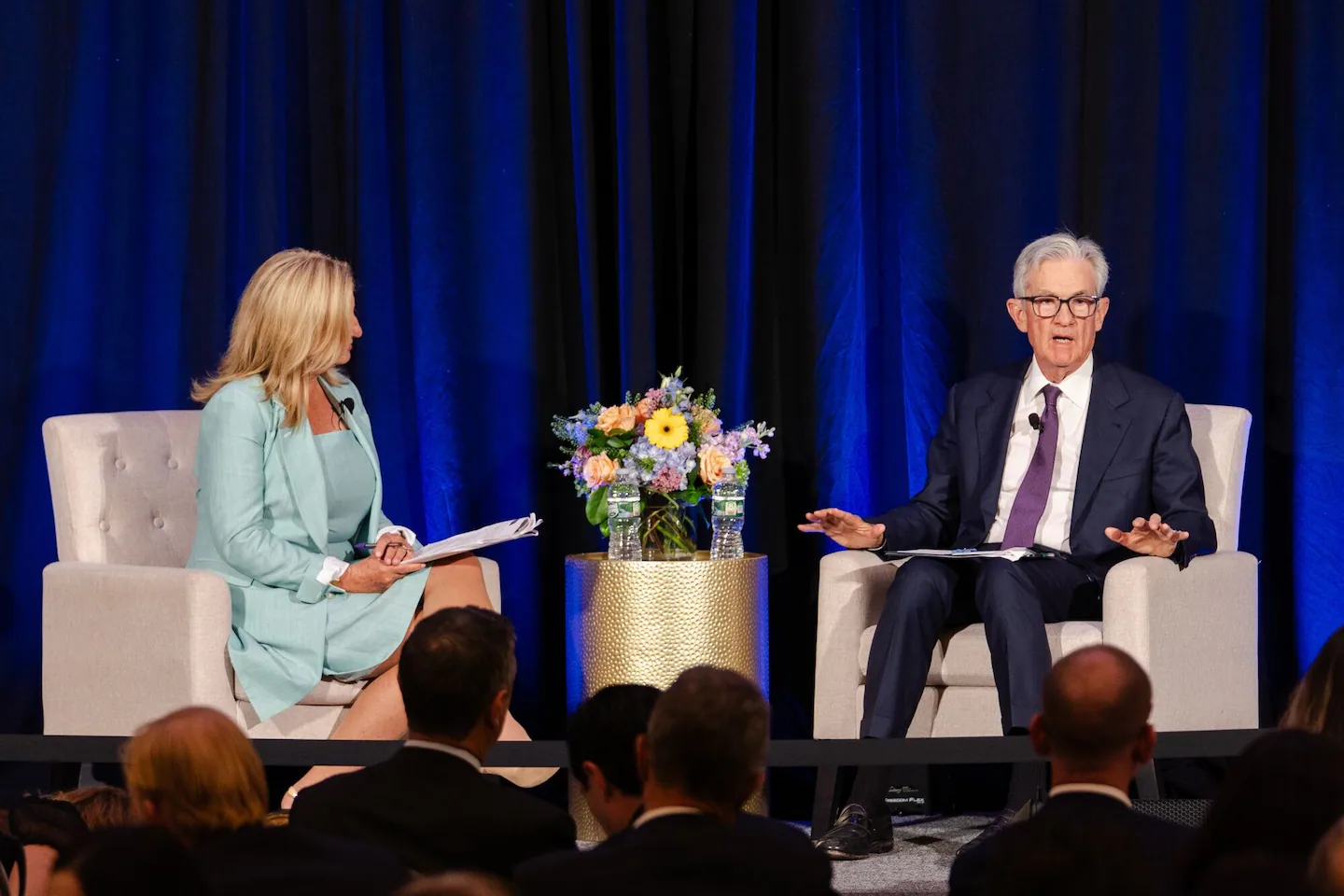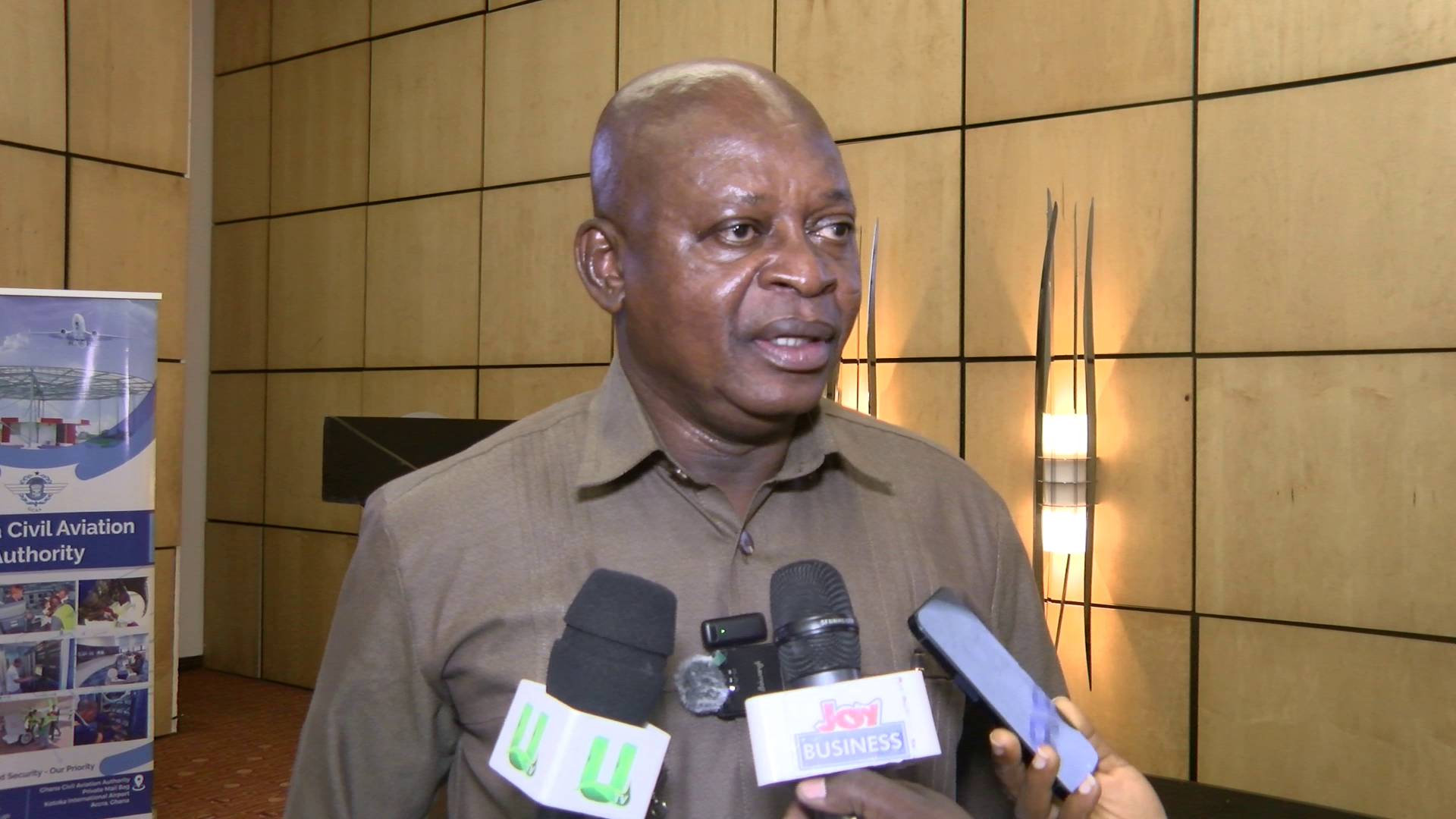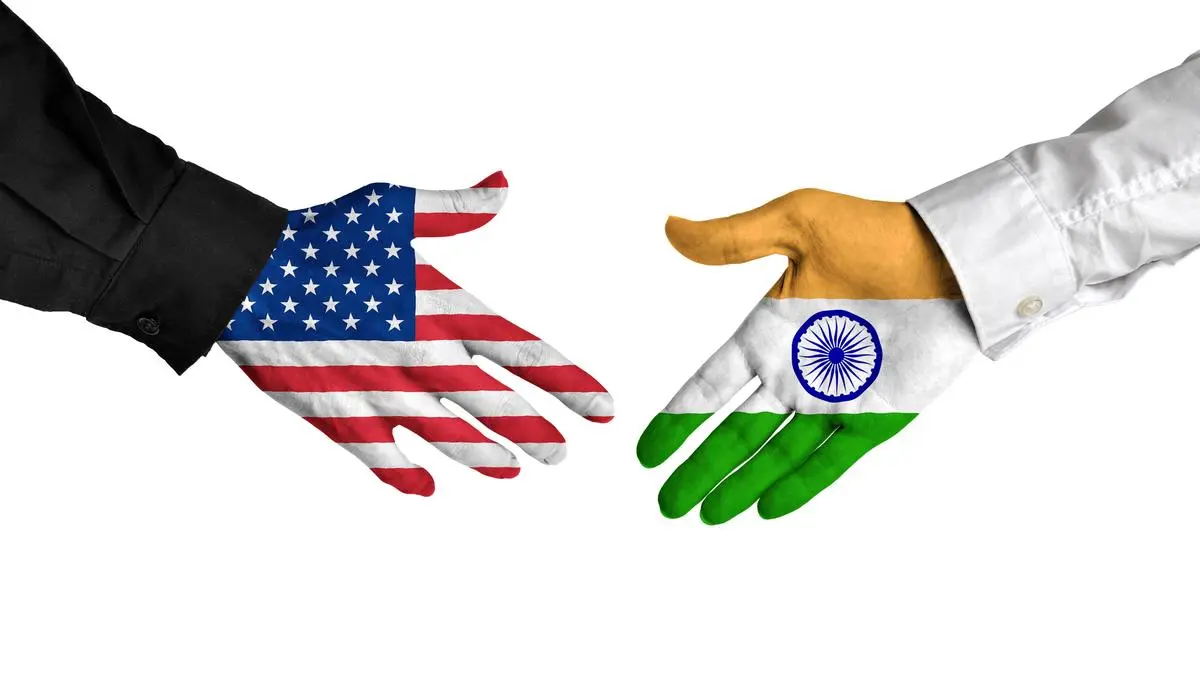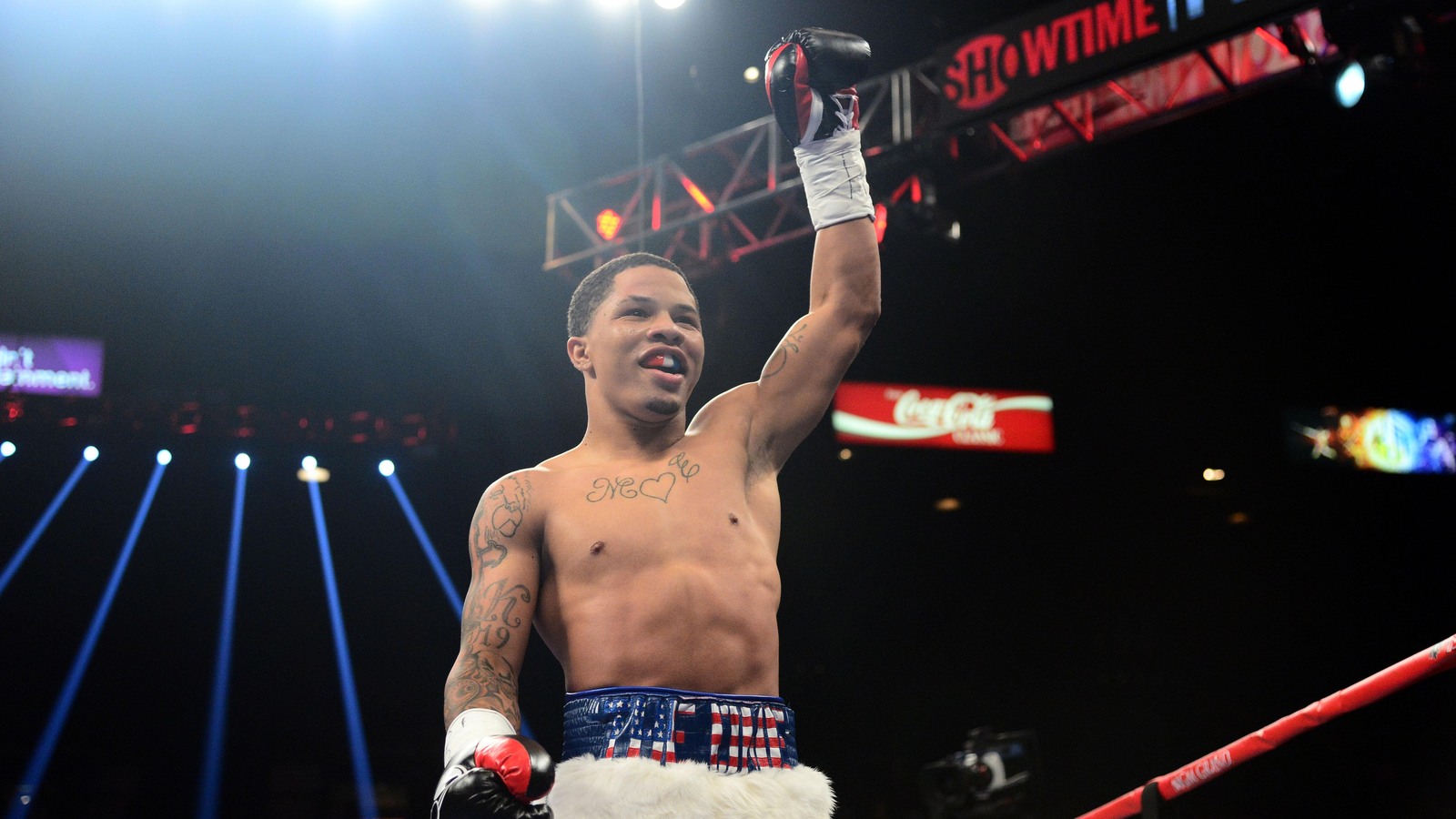
The US unemployment rate has ticked up in recent months to its highest level since 2021. Meanwhile, job seekers say it’s taking them longer to find work as employers pull back on hiring. In August, the economy created 22,000 jobs, a decline from the revised previous month’s 79,000, according to data from the US Labor Department.
Last week, Powell said that economic activity has moderated amid a slowdown in consumer spending and that the job market was cooling off. He described the current labor situation as a “low firing, low hiring environment.”
On Tuesday, Powell said policymakers faced “no risk-free path” when it comes to rate cuts.
“Near-term risks to inflation are tilted to the upside and risks to employment to the downside,” Powell said in a speech at an event in Rhode Island. “Two-sided risks mean that there is no risk-free path.”
The central bank chief said that hiring slowed down considerably over the summer, averaging 29,000 per month over the past three months — below the “breakeven” rate needed to hold the unemployment rate constant.
“It feels like companies are just, they’ve kind of stop hiring, they’re slowing down their hiring because they want to see how this all shakes out,” he said. “We are having very important changes to economic policy in the United States, and companies and people are wondering how’s that going to work out.”
As demand for hiring from employers is declining, the job market is also grappling with a drop in the supply of workers amid tough immigration policies instituted by the Trump administration.
“Immigration was at a very high level for two or three years before this year. And now, immigration has really gone close to zero and immigration is not really contributing to the labor force growth now, whereas it’s been most of what the labor force growth was,” he said. “So at the same time you got declining demand and also declining supply of workers.”
Part of the economic policy changes involve trade. The Trump administration has raised tariffs on imports into the US, which some economists worry might lead to a rise in prices.
Powell said the federal government was collecting revenue at a yearly pace of about $300 billion or $400 billion from tariffs. At the moment, retailers and importers are carrying the bulk of the tariff costs and they are thus far not passing all of that increase to consumers.
“So the actual effects on inflation have been quite modest so far. It’s a small amount,” he said. “But it is something that has been driving up inflation a bit. And the question is, are companies, are they going to eventually be able to pass that stuff through, and then that might drive inflation up a little higher.”
He said that the impact on inflation from tariffs could be a “one-time” shift that could take time to fully show up in the economy.
“A one-time increase does not mean all at once,” he said. “Tariff increases will likely take some time to work their way through supply chains. As a result, this one-time increase in the price level will likely be spread over several quarters and show up as somewhat higher inflation during that period.”



